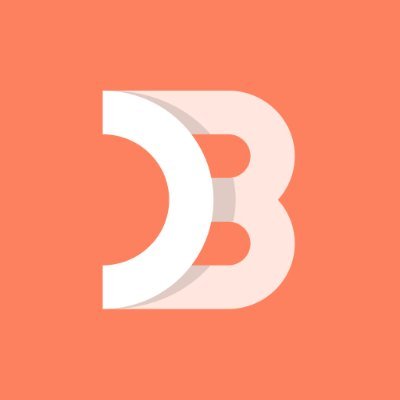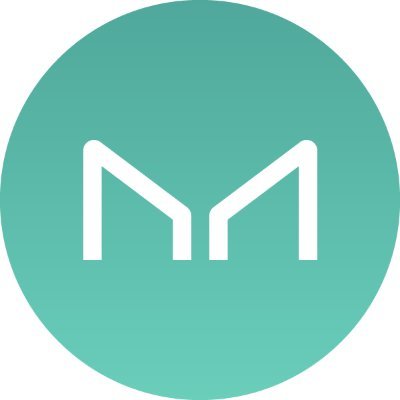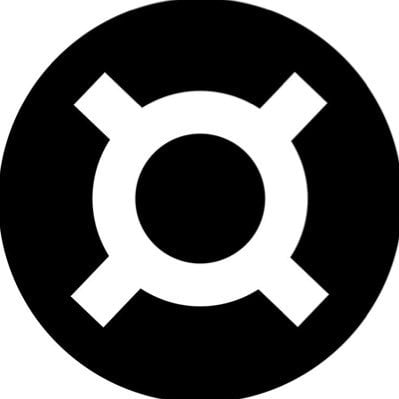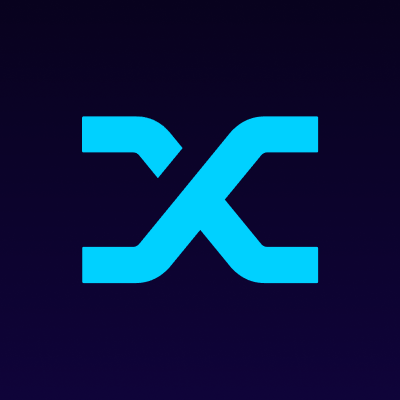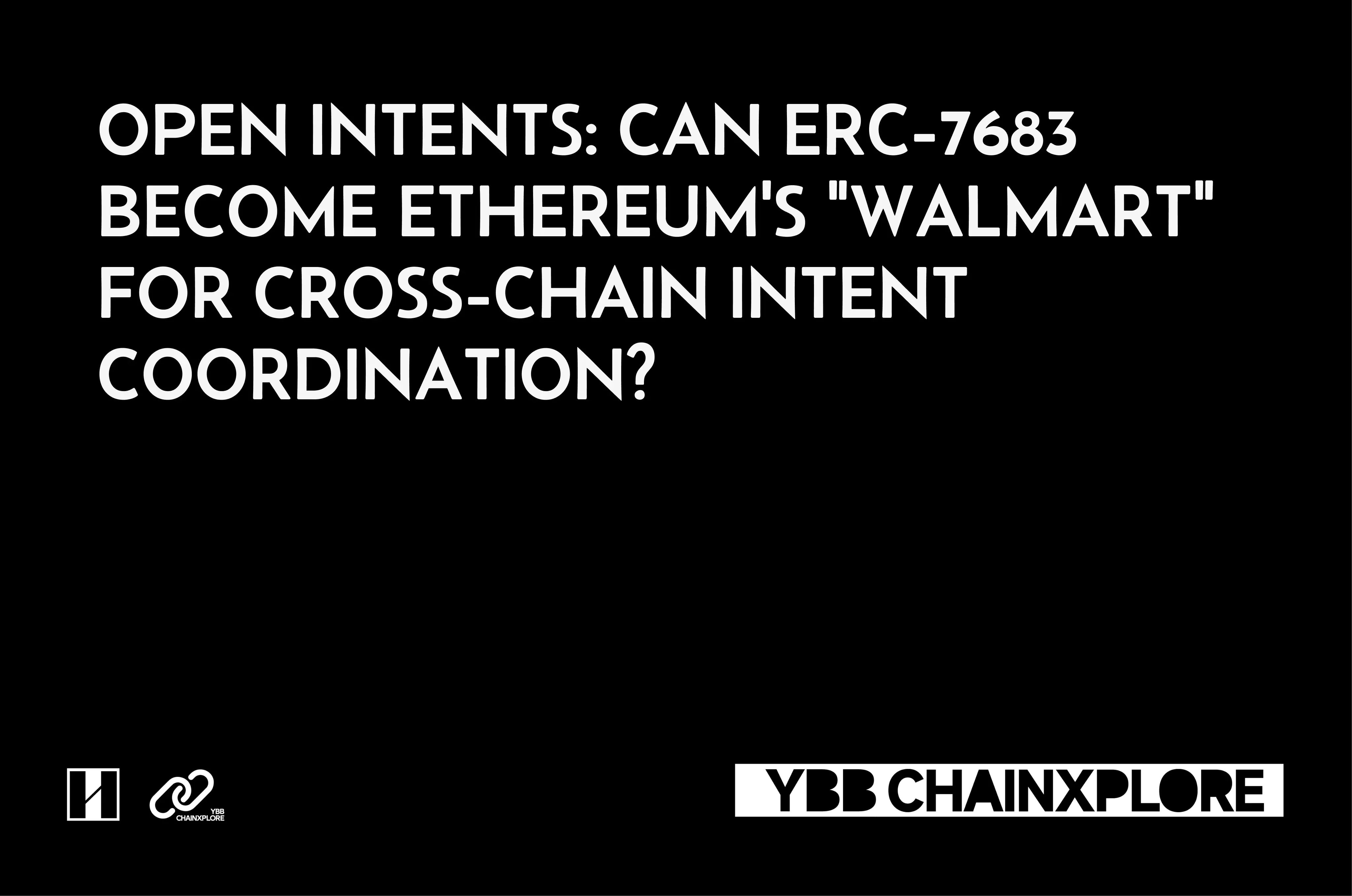DeFi applications are launching customized chains one after another. Can "one application, one chain" bring new gameplay?
Author: Grapefruit, ChainCatcher
"One application, one chain" is becoming a new approach for established DeFi applications.
Yesterday, Sam, the founder of Frax, stated in the community that Frax's Layer2 network, FraxChain, will launch its testnet in January 2024; on October 27, the mainnet of the Layer1 network dYdX Chain, developed by the contract platform dYdX, was officially launched; and on October 19, Kain.eth, the founder of the synthetic asset protocol Synthetix, announced the deployment of the application chain SNX Chain based on OP Stack, among others; earlier in September, the DeFi management panel protocol DeBank announced its DeBank Chain plan; and there is also MakerDAO's NewChain plan, etc.
With the development and popularization of L2 network development frameworks like OP Stack and Polygon CDK, as well as modular networks like CeLestia, the cost for developers to deploy a new chain is decreasing, and "chain launching" is becoming a new trend or approach for DApp applications. Some believe that in the future, DApps may choose to deploy their own chains, which can be L1, L2, or L3.
According to previous statistics from ChainCatcher, there are more than 10 L2s based on OP Stack, such as Gitcoin's PGN network and the NFT platform's Zora Network.
Related reading: "Layer2 Clusters Launch Stacks to Capture Developer Resources, Who Will Be the Final Winner?"
However, for users, the reactions of established DeFi protocols regarding "whether to launch a chain" are more noteworthy.
Firstly, developing a new chain will change the narrative logic of these DeFi applications and their native tokens. "Launching a chain" will transform it from an application product into an infrastructure, which also means a change in the business model. As an application, it may profit through transaction fees, but as a foundational layer, it is more about capturing the value of the entire chain; additionally, the role of tokens in the product will also change. In applications, tokens can be used to pay fees or for governance, but in a chain, the native token can be staked to become a validator, capturing MEV and Gas revenues on the chain.
Secondly, these applications have accumulated enough users since their launch and control over 80% of the funds in the on-chain world; their every move may affect the security of the funds within their protocols, and their actions in response to changes will influence user attention and future crypto trends.
Moreover, most applications that issue new chains choose to adopt frameworks like OpStack and Polygon CDK, while DeFi applications are diversifying their underlying architecture for developing "exclusive chains." For instance, MakerDAO has expressed a preference for using the Solana architecture, while dYdX Chain has chosen the CosmosCDK architecture.
So, what is the current progress of the application chains developed by DeFi applications? What solutions have they adopted?
Dydx Chain has more autonomy, supporting DYDX as the native token
dYdX Chain (also known as dYdX V4) is a proof-of-stake (POS) blockchain built on the Cosmos SDK, and this network will use DYDX as the native token on the chain for validator staking to ensure the normal operation of the network.
The dYdX Chain mainnet was officially launched on October 27, and its validators created the genesis block of dYdX Chain in the early hours of the same day.
According to the block explorer, as of November 3, there are 104 validators participating in the dYdX Chain network, with 60 active validators; the created block height exceeds 450,000, and the number of transactions completed on the chain is about 1.8 million.


 Source: https://www.mintscan.io/dydx/validators
Source: https://www.mintscan.io/dydx/validators
As an independent Layer1 network within the Cosmos ecosystem, the network community and ecological development of dYdX Chain will be managed and promoted by the dYdX Ops subDAO organization. On October 31, dYdX Ops subDAO announced the launch of a cross-chain bridge for users, allowing them to bridge DYDX tokens (ethDYDX) from Ethereum to the dYdX chain.
According to a previous proposal from dYdX Ops subDAO, after the launch of dYdX Chain (also known as genesis), it will be divided into Alpha and Beta phases. The former, the Alpha phase, will primarily focus on enhancing the stability and security of the dYdX Chain network; the latter, the Beta phase, will open up comprehensive trading on the dYdX Chain, and the community may consider introducing additional rewards and incentive programs to stimulate more liquidity and activity on the dYdX chain. The transition from Alpha to Beta phase will be determined by community governance votes and other factors.
Currently, dYdX Chain is still in the Alpha phase, and an important aspect of achieving network stability is the amount of DYDX tokens staked by validators on the dYdX chain. Therefore, how to encourage validators to stake more on dYdX Chain or how to get DYDX token holders to delegate their tokens to validators for staking has become the main task at this stage. However, the DYDX token is currently primarily in ERC20 format, so how to migrate the DYDX tokens from Ethereum to the dYdX chain is crucial.
The cross-chain bridging page launched by dYdX Ops subDAO, "bridge.dydx.trade," is designed to solve this problem, supporting the migration of ERC20 format DYDX tokens from Ethereum to dYdX Chain. It is important to note that this bridging page is single-threaded and specific, only supporting the transfer of DYDX tokens from Ethereum to dYdX Chain.
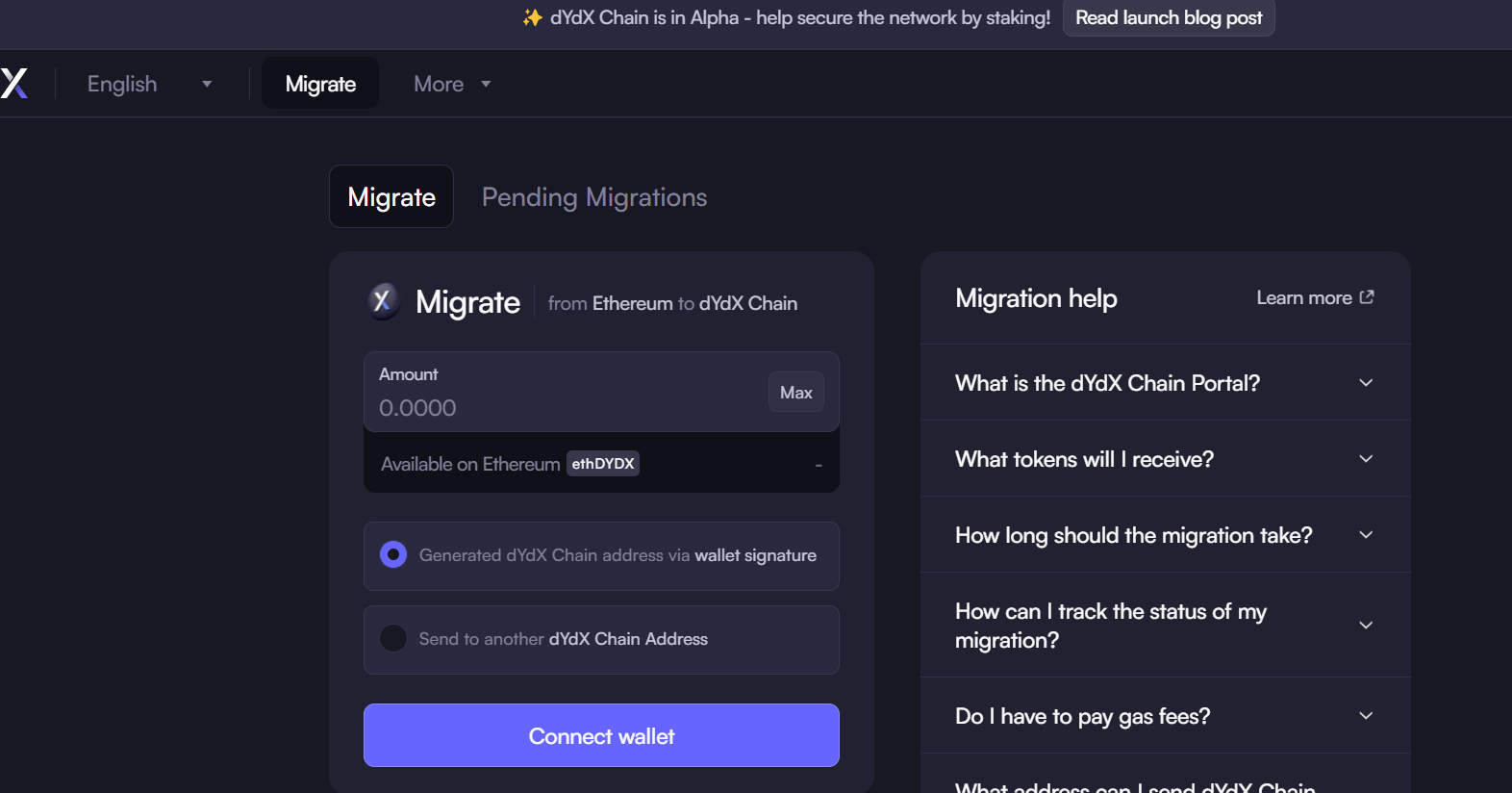
According to Dune data, as of November 3, this asset cross-chain bridge has already bridged over 60 million ethDYDX, accounting for about 6% of the total supply of DYDX tokens (1 billion tokens), with the number of participating wallet addresses exceeding 500.
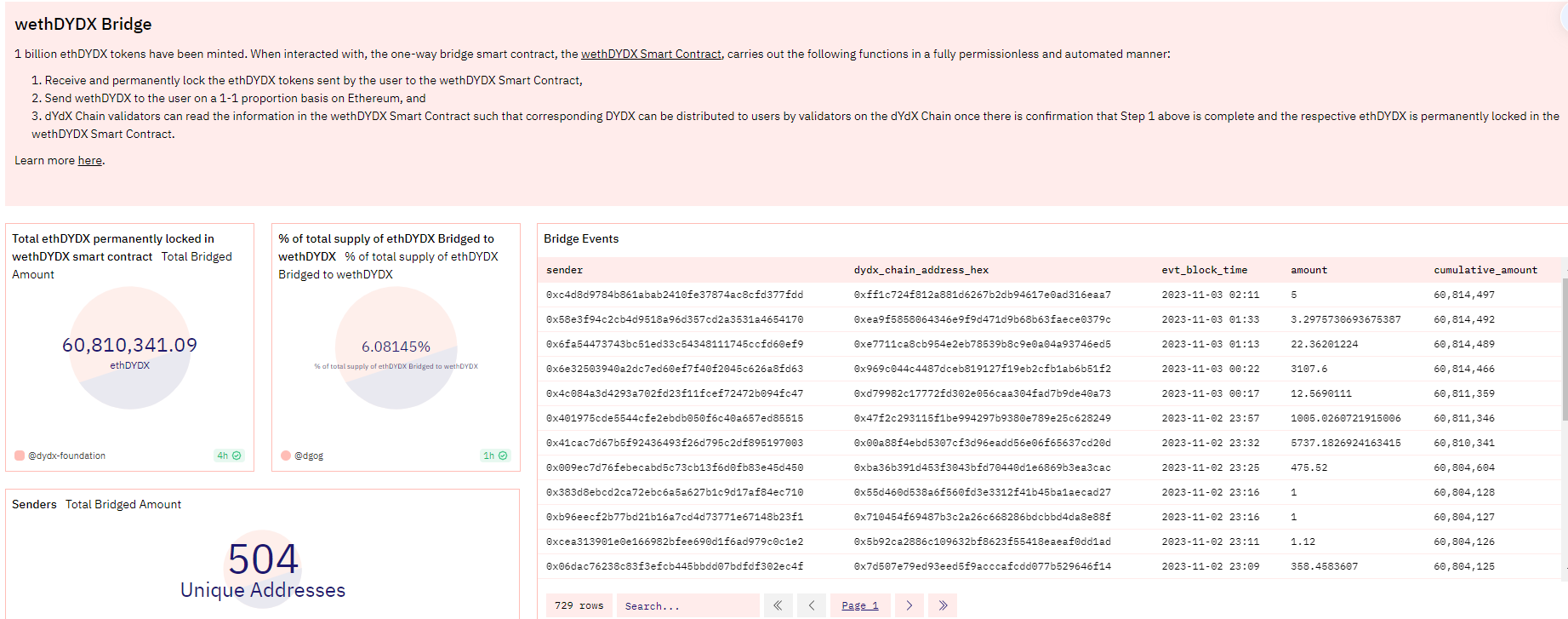
Additionally, the dYdX Foundation stated on October 27 that dYdX Chain plans to allocate all protocol fees (including trading fees in USDC and Gas fees in DYDX) to validators and stakers. It also added that unlike other blockchains that rely on token inflation, dYdX Chain can distribute fees collected in USDC to validators and stakers, and how these will be distributed will depend on the protocol's distribution mechanism.
Regarding why dYdX Chain chose Cosmos SDK instead of continuing to use Layer2 development stack solutions in the Ethereum ecosystem, founder Antonio stated, "If there is better technology to build (dYdX), we will use it. I 100% do not care what chain dYdX is built on; I only care about providing the best product experience for users."
However, StarkNet co-founder @TobbyKitty bluntly stated that the main reason for dYdX's migration to Cosmos may be to allow the DYDX token to run validator nodes on the new chain, as L1 built on Cosmos CDK has more autonomy, allowing it to run nodes and manage validators, which is generally not supported on L2 networks.
FraxChain : Using frxETH as the on-chain GasToken, FXS to capture ordering fees
FraxChain is a Layer2 network launched by Frax Finance based on a Hybrid rollup solution (a fusion of Optimistic and zkRollup).
According to the latest statement from Frax Finance founder Sam Kazemian in the community on November 2, FraxChain is a general-purpose Rollup, not an application chain specifically designed for Frax Finance; developers can deploy any type of application such as stablecoins and LSD on FraxChain, and hope that projects built on FraxChain will become the most profitable and user-friendly Web3 projects. Additionally, he mentioned that the team is building the core Rollup technology for FraxChain in a paper-driven manner.

In a previous interview, founder Sam stated that FraxChain is expected to launch its testnet by the end of this year, with the mainnet fully launching in January 2024. In a community reply yesterday, Sam indicated that the L2 network FraxChain testnet hopes to go live in early January 2024, and early project builders will receive the most block space incentives.
Regarding which token will be used on FraxChain, Sam responded: "The Gas token for FraxChain is frxETH, and the original staking token FXS of the Frax protocol will play the role of the staking token for the FraxChain network's sequencer, which can be used to capture sequencer revenue and share network sequencer profits. After future updates, it can also be used to regulate the decentralization mechanism of the sequencer."
Synthetic Asset Protocol Synthetix Launches SNX Chain
Synthetix will deploy the Synthetix Chain application chain, also known as SNX Chain, based on OP Stack. The first public indication of "developing an application chain" by Synthetix was in the latest article titled "A fork in the road" published by Synthetix founder Kain.eth on October 19, naming this project "Project Draco," and plans to migrate all governance functions of the Synthetix protocol and derivative products to Synthetix Chain in 2024.
He explained in the article that Synthetix Chain has multiple uses: first, it will become the governance hub for the entire Synthetix protocol; second, it will be the primary issuance venue for the sUSD stablecoin asset, supporting SNX holders or those using their SNX as collateral for lending, while the sUSD issued on Synthetix Chain may also serve as a collateral asset on other chains, potentially experimenting with ETH/USDC and other forms of collateral in the future; additionally, the issuance volume and minting fees of sUSD can be uniformly allocated and managed on this chain; finally, the liquidity from previous versions of Synthetix will be migrated to Synthetix Chain, allowing for aggregation and unified management of liquidity across multiple chains or protocols.
Currently, there is not much public information about Synthetix Chain, and some marginal information can only be found in the article introduced by Kain.eth.
However, many users have expressed that Synthetix, currently a leading synthetic asset protocol on the Optimism mainnet, is bound to launch a chain using OP Stack sooner or later, and there are already several products built on the Synthetix protocol, including the perpetual contract platform Kwenta, the options platform Lyra, the options liquidity aggregation protocol Polynomial, and the contract platform Decentrex, indicating that Synthetix already possesses the potential and capability to develop a chain based on the composition and number of its products.
In fact, regarding whether the Synthetix protocol will launch a chain, some users have also stated that this is not very important; the current focus of the protocol is on how to get more users to use the Synthetix protocol. With the influx of users and funds, liquidity and user activity will naturally increase, and this can be achieved through cross-chain deployment. Currently, most of Synthetix and its derivative products are only deployed on the Optimism mainnet, with no layout on other networks like Arbitrum, Avalanche, or Polygon.
MakerDAO Launches NewChain Application Chain Amid Controversy
MakerDAO's NewChain plan first appeared in the "Endgame" plan announced in May this year, with NewChain serving as the final step in the plan.
In September, MakerDAO founder Rune published a blog post titled "Explore a fork of the Solana codebase for NewChain," exploring the possibility of creating a new NewChain based on the Solana codebase. This statement led the community to mistakenly believe that MakerDAO would choose Solana to build its own NewChain, sparking intense controversy, with claims that MakerDAO was betraying Ethereum.
Additionally, shortly after this statement, Ethereum founder Vitalik Buterin sold approximately $581,000 worth of MKR, and many users interpreted Vitalik's selling action as a protest against MakerDAO's Endgame plan and its departure from Ethereum to adopt Solana.
Subsequently, MakerDAO founder Rune stated in an interview that NewChain has not yet chosen to adopt the Solana or Cosmos codebase; it was merely an investigation, which ultimately quelled the controversy.
However, within the same month after the controversy subsided, the MakerDAO community passed a proposal to "launch the lending protocol Spark Protocol on Gnosis Chain," which is an EVM-compatible Ethereum sidechain, formerly known as xDai Chain, previously bridging DAI as the native token on the chain. Some users interpreted this action as MakerDAO's determination to escape Ethereum.
After the controversy, there has been little public discussion or action from MakerDAO regarding NewChain.
DeFi Wallet Management Tool DeBank Launches DeBank Chain, Focusing on Social Asset Layer
DeBank Chain is an application chain launched by the DeFi wallet management tool DeBank, focusing on the social asset layer. This network will add an asset layer to social interactions to revolutionize social engagement. The testnet was launched in August, and the mainnet is expected to go live in 2024.
DeBank is an established DeFi management panel where users can track their investment portfolios and utilize integrated trading functions for investment operations. In 2022, it successively launched Web3 social platform and Web3 ID features, as well as the Web3 native communication application DeBank Hi, allowing users to follow whale trading dynamics, NFT market trends, track Mirror article updates, and monitor real-time on-chain activities of Web3 friends.
Currently, DeBank Chain has opened its testnet, allowing users to interact with the test network.






